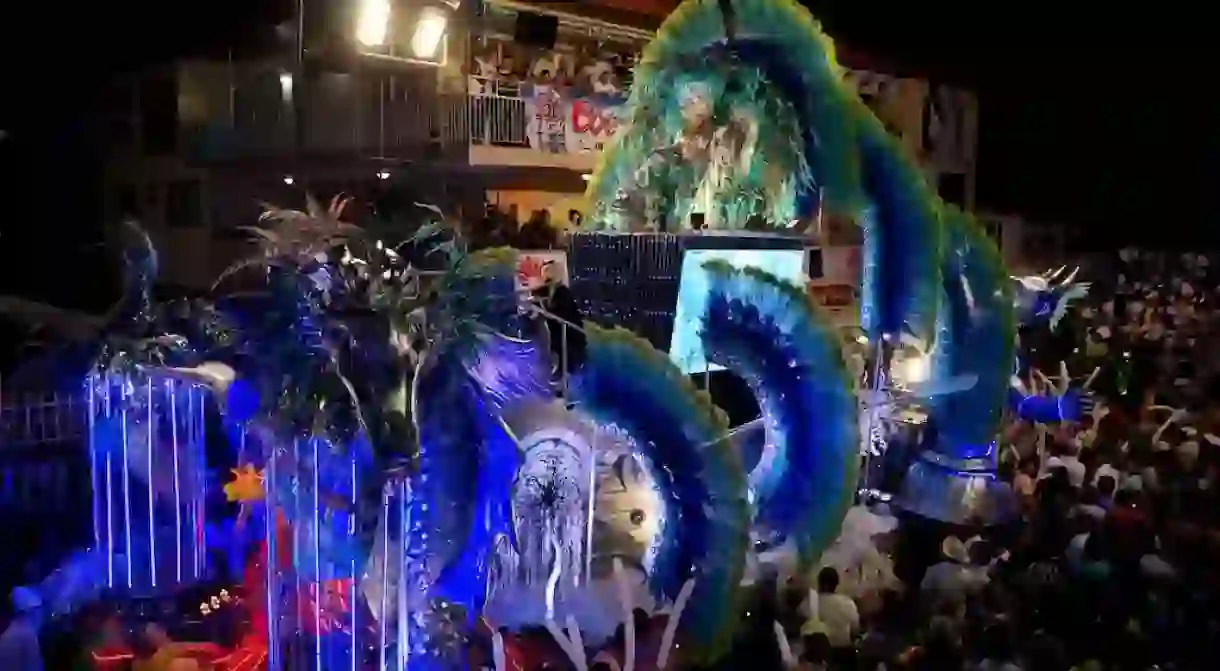How to Celebrate Carnival in Panama

With street parades, fireworks, colourful costumes, parties, and lots of drinking involved, Carnival is entrenched in Panamanian culture. Whether you are planning to stay in the city, or if you intend to celebrate it big in Las Tablas, make sure you read our guide to experience the ultimate Carnival in Panama.
The meaning of Carnival for Panamanians
The most awaited celebration of the year, Carnival is when Panamanians let loose. People will pawn their goods and quit their jobs to be able to participate in a grand carnival. Features of the celebration include social satire, mockery of the authorities, and reminders of the oppression that black people underwent under Spanish rule.

Choose your queen
Carnival traditionally begins on Friday night with the coronation of the Carnival Queen. The selection is very much like a beauty contest, with the crowing of one queen and two princesses. The beautiful girls will be central to the celebrations until the so-called ‘Burial of the Sardine’, a ritual that takes places at dawn on the following Wednesday.

Check out a neighbourhood parade
Though celebrations have become more elaborate in recent years, Carnival is first and foremost a popular party that takes place in the streets of the barrios (neighbourhoods) of Panama. In the capital as much as inland, the entire country gathers to party until the early morning for four consecutive days. Attend a neighbourhood parade to experience one of the most authentic moments in Panama.

Go to a ‘mojadera’
One of Panama’s carnival traditions is the ‘mojaderas’, literally meaning instances where people ‘get drenched’ in water. Whether that be with water balloons, buckets or water hoses, people gather and get sprayed with water until they’re soaking wet. It’s not a bad thing considering Panama’s tropical temperatures.

Party on the Cinta Costera in Panama City
Over the past few years, Panama City has started throwing a massive party on the famous Avenida Balboa and the Cinta Costera during Carnival. With three stages, DJ sets, traditional parades and ‘mojaderos’, one no longer needs to leave the city to party in style. Food and drinks are available for purchase on-site, and the security makes sure to keep the chaos under control.

Meet the devil
Inherited from the Afro-Caribbean culture that spread from Portobelo, masked diablos are a central part of Panama’s Carnival celebrations. The legend tells the story of a group called the Congos who won their freedom from Spanish colonialists; the masked devils with whips represent the colonialists.

Head to Las Tablas
The Carnival in Las Tablas, a provincial town about 130 miles (209 kilometres) west of Panama City, is the biggest and most eccentric in the country. With explosive and folkloric celebrations, the city is split by a traditional rivalry between the ‘calle arriba’ (upstreet) and the ‘calle abajo’ (lower street). Each street has its own queen, selected to represent the neighbourhood during the Carnival days, as well as its own floats and songs. The groups jokingly toss shaving cream, tinted water and more to one another.
The Burial of the Sardine
The Burial of the Sardine (in Spanish: El Entierro de la Sardina) is a funeral procession imported from Spain and takes place just before sunrise on Ash Wednesday. During the march, dressed-up mourners carry a little coffin with a symbolic sardine inside. The ritual symbolises the end of the Carnival celebrations and the beginning of the penitential period, during which Catholics fast in preparation for Easter.














